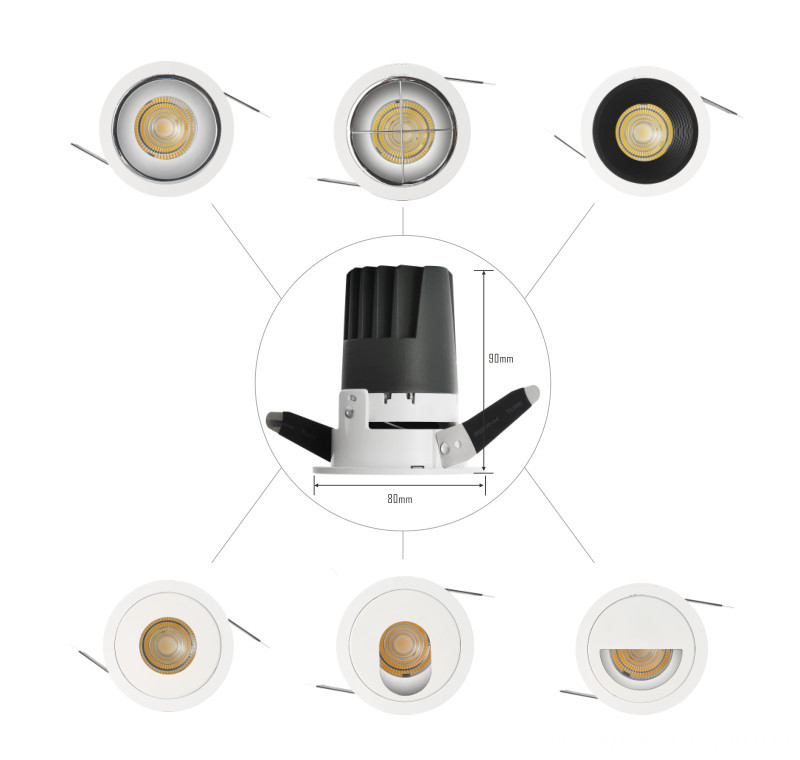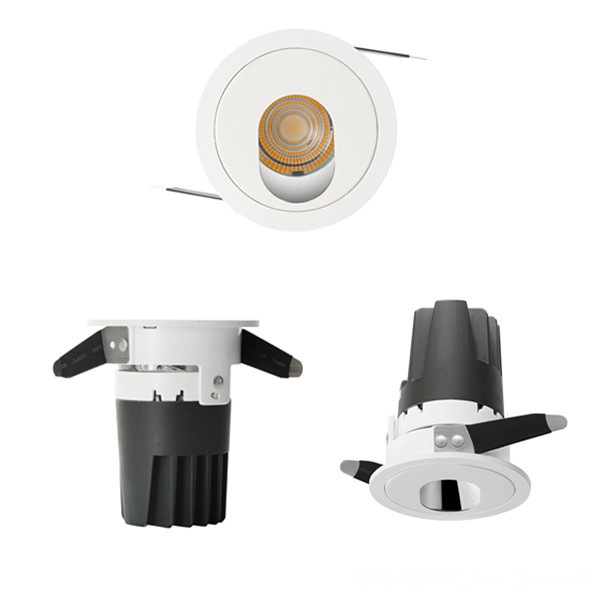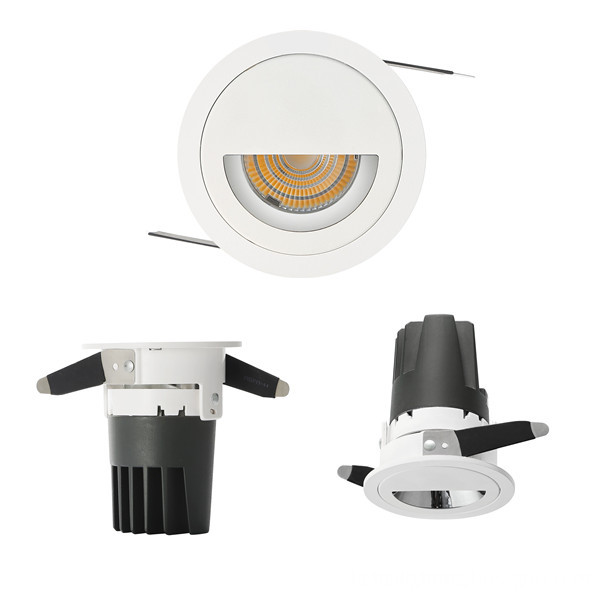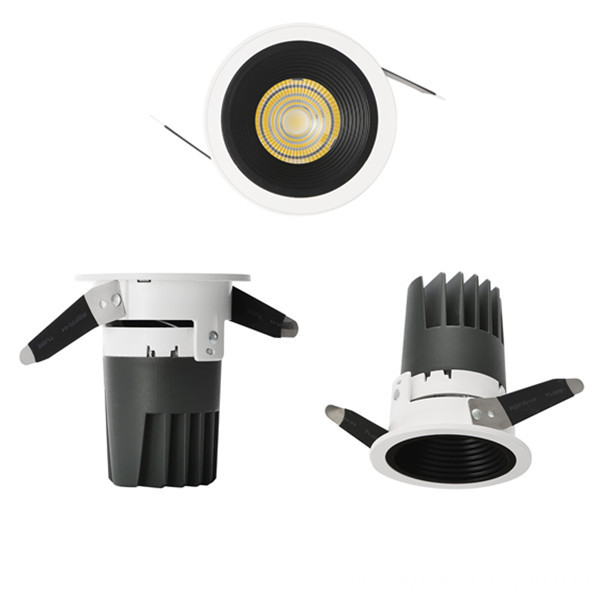WLAN technology-unlimited development of "wireless" Just as Internet browsers such as Netscape and IE have promoted the popularity of the Internet, WLAN will shorten the distance between people and network resources, allowing people to easily access various resources on the network anytime, anywhere. The wireless local area network effectively combines high-speed data networks and mobility applications, and is widely used in various occasions such as interconnection of branch offices of large enterprises, mobile offices of small and medium-sized companies, hospitals, hotels, airports, public areas, and families. As a reliable, economical, and flexible application network information construction method, wireless LAN is a hot field of information technology development, and it is undoubtedly one of the major IT technologies that will affect the next 2 to 3 years. Standards are the foundation of WLAN evolution Looking back at the evolution of wireless LAN over the past 10 years, we can see that transmission rate, QoS, security, mobile roaming, and management have been the main lines of its development. During this period, the release of the three 802.11 standards has continuously increased the transmission rate, and the compatibility between the standards has accelerated the popularization and development of WLAN in another aspect: from the 1970s to June 1997, IEEE passed 802.11 standard stipulates the physical layer (PHY) and media access control layer (MAC) of the network, so that the products of various manufacturers can work on the same physical layer; in 1999 and 2000, IEEE announced 802.11b separately And 802.11a, which define some basic signaling specifications and service specifications with transmission rates of 11 Mbps and 54 Mbps, respectively, which opened the prelude to the era of "Pentium" in wireless local area networks. In 2003, the new 802.11g standard was revised on the 802.11b standard, so as to be compatible with 802.11b in the 2.4G band and can provide a transmission rate of up to 54Mbps, further expanding the flexibility of wireless applications. In addition, research on IEEE 802.11n, the next-generation high-speed wireless LAN specification, is about to start. At the wireless LAN-related technical conference held recently, some manufacturers have stated that they will launch wireless local area networks with a rate of more than 100Mbps within two years. The evolution of wireless technology standards and the popularization of products are mainly due to the promotion of industry associations. In the process of accelerating the popularization of wireless technology, the Wi-Fi Alliance plays an important role. In 1999, the Wi-Fi Alliance was established mainly with Longxun, where I was, and several other wireless technology leaders. The purpose of this alliance is to ensure the compatibility and interoperability of various manufacturers' production equipment based on the wireless protocol 802.11b, and to increase the standardization of wireless equipment in large enterprises, small companies, and homes. Wi-Fi members include semiconductor manufacturers, wireless product manufacturers, computer system providers, and software developers. For all products that pass the compatibility and interoperability tests, the Wi-Fi Alliance grants the product a Wi-Fi certification mark. According to statistics, the Wi-Fi Alliance has grown from 5 to 6 promoters in 1999 to more than 200 company members in 2003. Five domestic companies including Longtong Global, Huawei, and ZTE are also members of the Wi-Fi Alliance. In just 3 years, more than 900 wireless products have received Wi-Fi certification. In 2002, 18 million new Wi-Fi access points were added globally; in the United States, more than 30 million homes and offices are already using Wi-Fi technology; WLAN users in North America have reached 4.2 million; and by 2005 There will be more than 55 million wireless LANs certified for Wi-Fi at home and office. The users of these wireless networks include university professors, warehouse managers, nurses, store leaders, company employees and truck drivers. The application of wireless local area networks is profoundly changing their work and life. Public hotspot services continue to expand The main development trend of wireless local area network in the future and its impact on the future industry are reflected in the three aspects of the public hotspot service from point to face, the accelerated popularity of wireless terminals and the development of more and more industries. The development of wireless local area network applications is going from the initial industry applications, to enterprise applications, to the popularization of hotspot services in public places. There are more than 10 million mobile PCs equipped with Wi-Fi functions in user terminals worldwide, and with the launch of Intel's Centrino chips that support mobile communication functions, it is expected that the number of users with Wi-Fi communication needs will be tens of millions per year , Or even grow at a rate of hundreds of millions. Wi-Fi function has become the standard configuration of PC. And the public "hot spots" (Hot Spot) required for Wi-Fi interconnection do not exceed 200,000 worldwide, and it is currently difficult to match the growth of user-side equipment. Therefore, from this perspective, the story of mobile internet that Intel tells through "Centrino" is "defective." This "defect" is actually the development space for WLAN systems and public hotspot service providers. Wi-Fi is deployed in public hotspot areas to provide safe and high-speed wireless data access for mobile populations, extending the wireless network coverage to "infinite" extension. First, in order to meet the broadband wireless access needs of mobile users, some network operators deploy WLANs in hot spot areas, such as airports, star-rated hotels, and convention centers; then, the Wi-Fi Alliance is working on WLAN products. At the same time as certification, public access hotspot popularization and certification are also carried out. With the help of the concept of Wi-Fi Zone, Wi-Fi announced that Wi-Fi Zone will become a globally recognized public access service code. You know that you can get standard Wi-Fi services; if Hot Spot and Wi-Fi Zone are WLAN service points in public hotspots and some regional services, then the concept of a wireless city that has recently appeared, such as "wireless Paris", It is the extension of wireless public area services in the "face". Due to the adoption of wireless network technology, Paris is rapidly becoming the world's first wireless information city. Along the main traffic routes of the city, as long as you use a laptop or personal digital assistant, you can access the Internet wirelessly anytime, anywhere. On the "Wireless Paris" network platform, the Paris government and related agencies provide hundreds of official and unofficial sites to publish information, including universities, libraries, news media, life services, entertainment and leisure. Access devices continue to spread The trend of the popularization and development of wireless technology is particularly evident in the development of wireless clients. The wireless network card gradually becomes built-in from the external, and the wireless networking function gradually becomes the standard configuration. The development of wireless networking terminals has gone through three stages. In the first stage, the wireless networking function of the mobile computing tool notebook computer provides a way for mobile office workers to access the network. With the wireless LAN, the staff can be anywhere in the company-conference rooms, coffee shops or other Access network resources in the branch office. In the second stage, with the variety of wireless network card interfaces, handheld computers such as personal digital assistants have made wireless applications more popular and flexible. Applications mainly include wireless location services, instant messaging, information download and upload anytime, anywhere, and online e-commerce. In the third stage, Wi-Fi and mobile phones are gradually integrated. With the miniaturization of Wi-Fi chip modules, mobile phones with integrated Wi-Fi functions have appeared on the market, using VoIP (voice IP) calls in the wireless LAN mode. If the company already has a VoIP-based internal telephone network, it can connect to the wireless LAN base station in the office and use it as a cordless phone. It also has a built-in web browser, which can be used as a company's internal network terminal. Wireless industry unlimited development The convenience of mobile brought by the wireless network first promoted its use in mobile office systems, exhibitions and conferences, intelligent warehouses, securities markets, school campus networks, industrial and mining enterprise factory automation control, bank financial securities urban area network, military mobile network, medical care management Widely used in vertical industries, etc .; the popularity of laptop computers and personal digital assistants has made wireless networks more and more deployed in enterprise networks. The data shows that wireless networks help employees improve work efficiency by more than 40%! The important development of wireless networks in the last 2 to 3 years is the popularization of wireless networks in homes and accelerating the development of the game entertainment industry. One of the important reasons is the release of 802.11g. 802.11g defines the data transmission rate of WLAN to a maximum of 54Mbps, which makes IEEE 802.11b network faster and more efficient, and improves the interoperability of these wireless network devices, thereby making wireless networking technology widely used in enterprises and hot spots. It also extends to households and end consumers. WLAN carries voice, video, and multimedia data, allowing more game console manufacturers to integrate WLAN into their products, supporting multi-player wireless networking games, and bringing more joy to people. With the popularity of wireless terminals, wireless life will play an increasingly important role in our daily lives and work.
LED Spotlight wall washer. It used with High CRI COB CREE Chips ,which can show you a good perference.7W and 12W for optipn. 6 kinds of rings with same module. It is popular in the world. Especially for hotel project. Warm white 3000K, nature white 4000K, cool white 6000K are provide. White finished color which is popular using for home. Aluminum heatink that the light and fast heat disspipation.7W/12W with 75mm cutting COB Spot lights, its vacuum electroplated aluminum reflection cup can efficiently reflect the light. Hight lumen with 75mm hole can saving 80% of energy.It used with isolated constant driver,ensure the safety of the light quality.Elegant appearance design, modern style, more fashion and more popular.
LED Spotlight LED Spotlight,LED Spotlighting,Small Power LED Spotlight,Outdoor LED Spotlights SHENZHEN KEHEI LIGHTING TECHNOLOGY CO.LTD , https://www.keheiled.com





